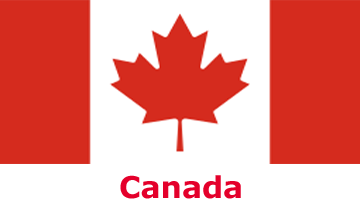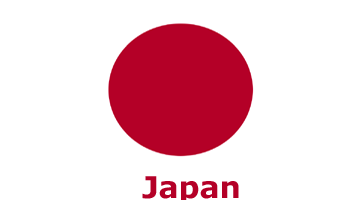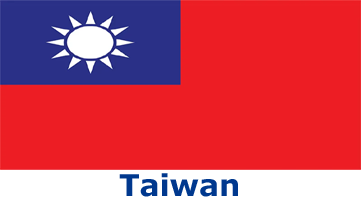
Higher Education Opportunities: USA
The United States boasts the highest influx of international students globally, with nearly one million students enrolled for the 2021-2022 academic year. Of these, over two hundred thousand hails from India, while the majority are from China. Remarkably, students from more than two hundred nations worldwide choose to pursue their education in the U.S. Several factors contribute to this trend. The U.S. offers a robust economy, a higher per capita income, renowned universities, extensive scholarship opportunities, provisions for working during studies, employment prospects for immigrants, and pathways to citizenship. Moreover, its democratic governance and inclusive societal fabric, accommodating people from diverse backgrounds, further enhance its appeal to students as an educational destination.
Primary Information
The United States of America (USA or U.S.A.), commonly known as the United States (US or U.S.) or America, is a country primarily located in North America, between Canada and Mexico. The United States is the world's third-largest country by land and total area behind Russia and Canada. It is a liberal democracy and republic of 50 federated states. The United States accounts for about 25% of the global economy and 30% of global wealth. It has the world's largest nominal GDP and ranks high in measures of income, wealth, economic competitiveness, productivity, innovation, human rights, and higher education.
- Capital: Washington, D.C.
- Language: English
- Currency: U.S. dollar ($) (USD)
- Population: 334,914,895 (year 2023)
- Density: 33.6/km2
- GDP PPP Total $26.950 trillion[ (2023)
- GDP PPP Percapita: $80,412
Why is the US a popular destination?
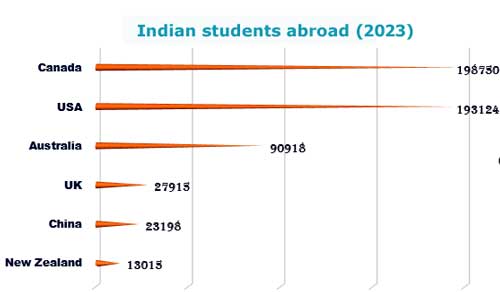
America is the second most popular destination for Indian students. Although the above-mentioned reasons make America the favourite of Indian students, it is also largely due to the convenience of studying and working in English, which serves as both the medium of instruction and employment. Over time, a robust social network has formed among Indian students in the US, facilitated by the longstanding tradition of Indian students pursuing education there. The influx of Indian professionals during the IT boom in the US led to many of them establishing successful businesses, particularly in the technology sector. Indian students have gained prominence by assuming leadership roles in various companies, further enhancing the country's reputation. This success has contributed to a continued flow of Indian students to the US, prompting universities to actively seek out and attract Indian students to their campuses.
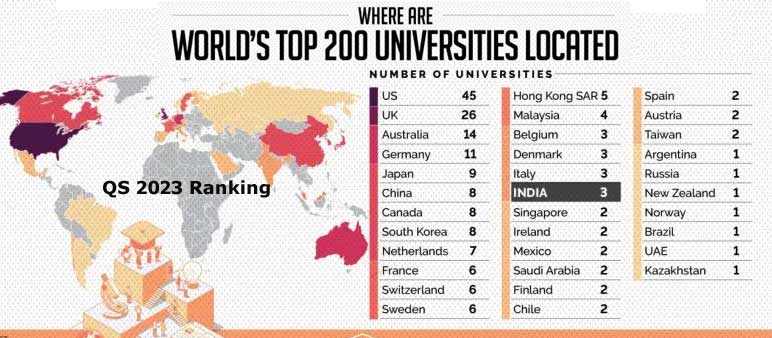
Educational Institutions
The US situates some of the world's finest universities, offering a diverse array of subjects ranging from engineering to language learning at quality educational institutions. Students can pursue education at various levels, starting with undergraduate degrees, which typically entail four years of study and require around 120 to 130 credit hours. The more accessible and affordable counterparts to the competitive universities in the US are their community colleges. However, the academic output cannot be compared with universities by any means. Moreover, there's no assurance that job prospects or remuneration for community college graduates will match those of university alumni.
Following undergraduate studies, many students opt for master's degrees, which typically last for two years and require 30 to 60 credit hours. Various fields such as science and technology, business, arts, psychology, and law attract students to pursue advanced studies in the US.
Furthermore, US universities are renowned for their doctoral and postdoctoral research programs, attracting students with their exceptional academic standards and state-of-the-art research facilities. Additionally, it's worth mentioning that US universities and the academic system facilitate students' connections with their respective job markets shortly after graduation.
Universities in the US
United States hosts hundreds of exceptional universities renowned for their centuries-old traditions of excellence in learning and research. Many of these institutions stand as bastions of cutting-edge technology, with numerous Nobel Prize laureates among their faculty and alumni. There is a diverse mix of institutions, including public universities and private universities. Public universities typically have lower tuition fees compared to their private counterparts

Ivy League universities
Students aspiring to pursue higher education in the United States often dream of studying at Ivy League universities. Ivy League refers to a group of eight prestigious universities located in the northeastern parts of the United States. These universities include Harvard, Yale, Princeton, Columbia, Brown, Cornell, Dartmouth, and the University of Pennsylvania. These are universities renowned for their academic excellence. However, admission to these universities is highly competitive and can be financially demanding. Founded in 1954, the Ivy League initially focused on athletics, with students from member universities competing against each other in various sports events. Over time, however, the Ivy League has become renowned for its academic excellence as well.
There are other prestigious institutions here beyond the Ivy League universities like Massachusetts Institute of Technology (MIT), Stanford University, California Institute of Technology, University of Chicago, University of California, Berkeley, Northwestern University, John Hopkins University. These are all top-ranked universities in the world. Studying at these universities not only enhances your academic standards but also boosts your career prospects significantly. These institutions attract a diverse mix of students, researchers, and professionals from various countries and cultures. This multicultural environment fosters cultural integration and contributes to students' overall development.
Admission Method
First, find a study program that matches your interests and abilities. If you prioritize academic excellence, check the university's ranking. The admission requirements can be found on the university's website. You'll typically need to submit your academic transcripts, recommendation letters, and English language proficiency test scores. Depending on the program, you might also need to take aptitude tests like the Scholastic Assessment Test (SAT) for undergraduate degrees, the Graduate Record Examination (GRE) for graduate programs, or the Graduate Management Admission Test (GMAT) for MBA programs. Additionally, you'll need to write a statement of purpose explaining why you want to study the subject. Test score requirements can vary depending on the specific university and study program. If you're applying for a PhD program, the process of selecting a supervisor is as crucial as choosing a university. You need to find a faculty member who conducts research in your area of interest and is willing to supervise your doctoral studies. It's also essential to demonstrate your interest in the subject and your readiness for doctoral-level research.
VISA
A student visa (F or M) is required to study in the United States. International students seeking to pursue university or college studies as well as language training programs in the United States should apply for an F Visa. In contrast, those enrolling in non-academic vocational programs are required to apply for an M Visa. Securing admission to a U.S. university is the primary prerequisite for obtaining a Student Visa. This entails obtaining an official admission letter from the respective institution. Additionally, applicants must submit a completed online application form, along with a valid passport and a recent photograph. Payment of the visa fee is also mandatory. Moreover, students aged 14 and above are subject to a visa interview.
Employment opportunities - Start-up culture
Employment opportunities aren't limited to students who graduate, but many startups, often initiated by students themselves, thrive in the United States. Universities and the government support students in bringing quality research outcomes conducted in technology at universities to market and consumers. Therefore, startups are born here and are flourishing successfully.
Silicon Valley, a region in Northern California, has gained global renown, hosting headquarters of major companies like Google and Apple. With an economy surpassing $275 billion, it doubles Kerala's total GDP. Stanford University played a crucial role in shaping Silicon Valley, establishing the Stanford Industrial Park post-World War II. This initiative provided training and entrepreneurial opportunities for faculty and students, serving as a model for the world. It embodies the essence of the "American Dream," where hard work leads to success. Many, including Indians, come here, establish organizations, and achieve billionaire status, showcasing the ongoing potential of the American Dream. Universities continue to foster this ethos, promoting opportunities for all.
For Reference:
Embassy of India, Washington, DC USADiplomatic missions of USA in India

